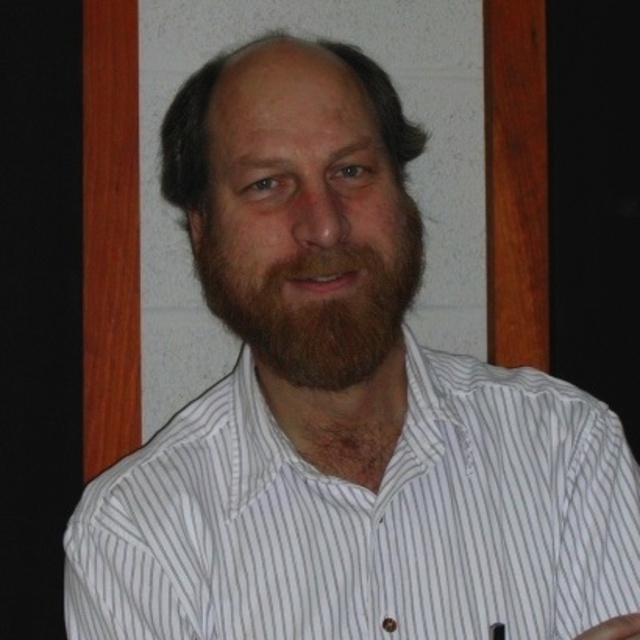March
1998
•
1998AJ....115.1045G
Authors
•
Geha, Marla C.
•
Holtzman, Jon A.
•
Mould, Jeremy R.
•
Gallagher, John S., III
•
Watson, Alan M.
•
Cole, Andrew A.
•
Grillmair, Carl J.
•
Stapelfeldt, Karl R.
•
Ballester, Gilda E.
•
Burrows, Christopher J.
•
Clarke, John T.
•
Crisp, David
•
Evans, Robin W.
•
Griffiths, Richard E.
•
Hester, J. Jeff
•
Scowen, Paul A.
•
Trauger, John T.
•
Westphal, James A.
Abstract
•
We present Hubble Space Telescope photometry for three fields in the outer disk of the Large Magellanic Cloud (LMC) extending approximately 4 mag below the faintest main-sequence turnoff. We cannot detect any strongly significant differences in the stellar populations of the three fields based on the morphologies of the color-magnitude diagrams, the luminosity functions, and the relative numbers of stars in different evolutionary stages. Our observations therefore suggest similar star formation histories in these regions, although some variations are certainly allowed. The fields are located in two regions of the LMC: one is in the northeast and two are located in the northwest. Under the assumption of a common star formation history, we combine the three fields with ground-based data at the same location as one of the fields to improve statistics for the brightest stars. We compare this stellar population with those predicted from several simple star formation histories suggested in the literature, using a combination of the R-method of Bertelli et al. (1992) and comparisons with the observed luminosity function. The only model we consider that is not rejected by the observations is one in which the star formation rate is roughly constant for most of the LMC's history and then increases by a factor of 3 about 2 Gyr ago. Such a model has roughly equal numbers of stars older and younger than 4 Gyr, and thus is not dominated by young stars. This star formation history, combined with a closed-box chemical evolution model, is consistent with observations that the metallicity of the LMC has doubled in the past 2 Gyr. Based on observations with the NASA/ESA Hubble Space Telescope, obtained at the Space Telescope Science Institute, which is operated by the Association of Universities for Research in Astronomy, Inc., under NASA contract NAS 5-26555.
Links




